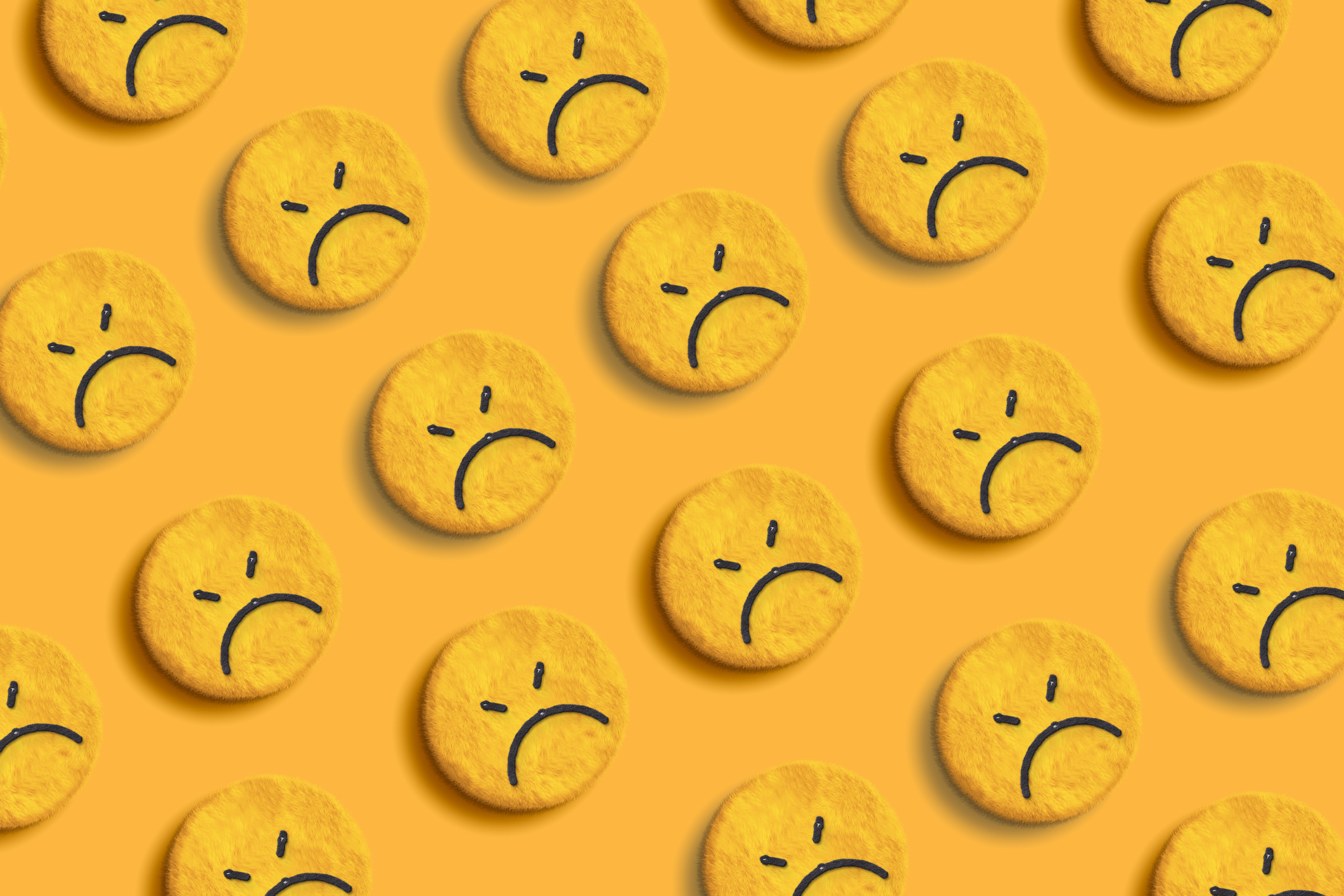What You Must Know About a Stock's Dividend Date
Timing is everything when it comes to collecting on dividend-paying stocks.


In today’s low-interest-rate environment, investors can’t seem to get enough high-yielding dividend stocks. But pay close attention to a company’s payment schedule. Otherwise, you could miss out on collecting a dividend you believe you’re entitled to.
The critical deadline to mark on your calendar is a firm’s “ex-dividend” date (available on websites such as Yahoo Finance and in the investor-relations section of a company’s website). If you own shares before that date, you’ll lock in the next payment. But investors who buy on or just after the ex-date give up the rights to the next dividend payment.
To see how this works, consider General Electric’s payment schedule. The company announced on June 10 that it would pay a dividend on July 25 to shareholders “of record” as of June 20. To be eligible for the dividend, investors had to own shares before the stock’s ex-dividend date of June 16. The ex-date always lands two business days before the record date. In this case, the record date fell on a Monday, which pushed the ex-date back to Thursday, June 16. Buying GE anytime before the market closed on June 15, even in the final second of trading, would entitle you to its next dividend.
From just $107.88 $24.99 for Kiplinger Personal Finance
Become a smarter, better informed investor. Subscribe from just $107.88 $24.99, plus get up to 4 Special Issues

Sign up for Kiplinger’s Free Newsletters
Profit and prosper with the best of expert advice on investing, taxes, retirement, personal finance and more - straight to your e-mail.
Profit and prosper with the best of expert advice - straight to your e-mail.
Purchasing the stock on or just after the ex-date would disqualify you from the payment. That can sting, especially if it’s a high-yielding stock, such as an electric utility or a telecom company. Many of these stocks yield more than 4%, so missing a payment could leave a hefty amount of income on the table. Moreover, companies often make their dividend payment several weeks after the ex-date. That’s also a danger zone because buying shares at any point in that stretch would still leave you off the company books as a “shareholder of record” entitled to receive the next dividend.
One other caveat: Be aware of how a stock can trade on the ex-date. Typically, shares open lower by roughly the amount of the upcoming dividend. Buying on that day may get you a lower price, but you will typically have to wait about three months before you collect the next disbursement.
If you’re interested in a dividend stock, first check the date of the next payment. Buy shares before the stock goes ex-dividend the next time. Also note that if you sell shares after the ex-date, you’ll still collect the upcoming payment. Either way, make sure to stay on the receiving end of the dividend income line.
Profit and prosper with the best of Kiplinger's advice on investing, taxes, retirement, personal finance and much more. Delivered daily. Enter your email in the box and click Sign Me Up.

-
 How We Manage Our Finances Together: 'When You Keep Score, You Can End Up Resentful'
How We Manage Our Finances Together: 'When You Keep Score, You Can End Up Resentful'Douglas Boneparth, a certified financial planner, and his wife, Heather Boneparth, speak with Kiplinger about couples managing finances.
-
 I'm 45 and I've barely invested in the stock market. I recently inherited $50,000. What should I do?
I'm 45 and I've barely invested in the stock market. I recently inherited $50,000. What should I do?What should you do with a big inheritance? We asked a financial expert for advice.
-
 A Contrarian Approach Pays Off for This Bond Fund
A Contrarian Approach Pays Off for This Bond FundThe Dodge & Cox Income Fund has outperformed in 2025 thanks to its managers' fearless approach.
-
 What Fed Rate Cuts Mean For Fixed-Income Investors
What Fed Rate Cuts Mean For Fixed-Income InvestorsThe Fed's rate-cutting campaign has the fixed-income market set for an encore of Q4 2024.
-
 The Most Tax-Friendly States for Investing in 2025 (Hint: There Are Two)
The Most Tax-Friendly States for Investing in 2025 (Hint: There Are Two)State Taxes Living in one of these places could lower your 2025 investment taxes — especially if you invest in real estate.
-
 The Final Countdown for Retirees with Investment Income
The Final Countdown for Retirees with Investment IncomeRetirement Tax Don’t assume Social Security withholding is enough. Some retirement income may require a quarterly estimated tax payment by the September 15 deadline.
-
 Dividends Are in a Rut
Dividends Are in a RutDividends may be going through a rough patch, but income investors should exercise patience.
-
 Municipal Bonds Stand Firm
Municipal Bonds Stand FirmIf you have the cash to invest, municipal bonds are a worthy alternative to CDs or Treasuries – even as they stare down credit-market Armageddon.
-
 Best Banks for High-Net-Worth Clients
Best Banks for High-Net-Worth Clientswealth management These banks welcome customers who keep high balances in deposit and investment accounts, showering them with fee breaks and access to financial-planning services.
-
 High Yields From High-Rate Lenders
High Yields From High-Rate LendersInvestors seeking out high yields can find them in high-rate lenders, non-bank lenders and a few financial REITs.
-
 Time to Consider Foreign Bonds
Time to Consider Foreign BondsIn 2023, foreign bonds deserve a place on the fringes of a total-return-oriented fixed-income portfolio.